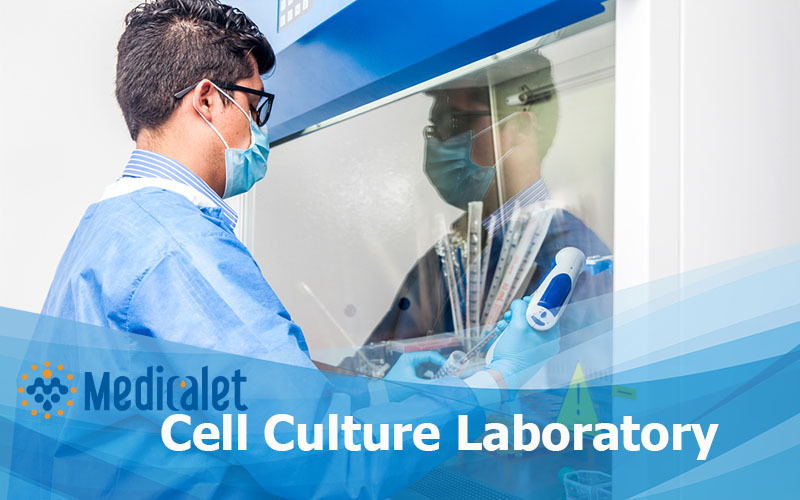
Cell culture refers to laboratory methods that enable the growth of eukaryotic or prokaryotic cells in physiological conditions. Its origin can be found in the early 20th century when it was introduced to study tissue growth and maturation, virus biology and vaccine development, the role of genes in disease and health, and the use of large-scale hybrid cell lines to generate biopharmaceuticals. The experimental applications of cultured cells are as diverse as the cell types that can be grown in vitro. In a clinical context, however, cell culture is most commonly linked to creating model systems that study basic cell biology, replicate disease mechanisms, or investigate the toxicity of novel drug compounds. One of the advantages of using cell culture for these applications is the feasibility to manipulate genes and molecular pathways. Furthermore, the homogeneity of clonal cell populations or specific cell types and well-defined culture systems removes interfering genetic or environmental variables, and therefore allows for data generation of high reproducibility and consistency that cannot be warranted when studying whole organ systems.
The Cell Culture Laboratory
Cell Culture Laboratory Safety The exciting application of cell culture techniques in biomedical research requires the management of potential hazards linked to infectious agents harbored by cultured cells (e.g., HBV or HIV), but also the control of reagents that can be of toxic, corrosive, or mutagenic nature. These potential hazards can endanger the health of laboratory workers when introduced into the body (e.g., via contact of skin and mucous membranes with solids, liquids, or aerosols) and threaten the environment when handled improperly
Routes of exposure to biohazards.
Biohazards in the lab can enter the body through contaminated needles (parenteral inoculation), the consumption of food or application of make-up in the lab (ingestion), the exposure of biohazardous aerosols (inhalation), and contact of skin and mucous membrane with contaminations. Personal protective equipment and biosafety cabinets are put in place to block exposure of researchers to biohazardous agents.
Before commencing any cell culture work, the reduced or eliminated exposure to potentially hazardous agents therefore needs to be ensured to minimize infection, pathogenicity, allergic reactions, and contact with released toxins. This can be achieved by stringent training of lab personnel and implementation of standard cell culture practices which should be reviewed and revised regularly by laboratory members and the institute’s safety committee. Additionally, when working with primary cells isolated directly from human tissue, it is important to screen donors from which cells were derived for disease-causing pathogens. Up-to-date immunizations against infectious diseases such as Hepatitis B are also highly recommended for laboratory staff working with primary cells.
